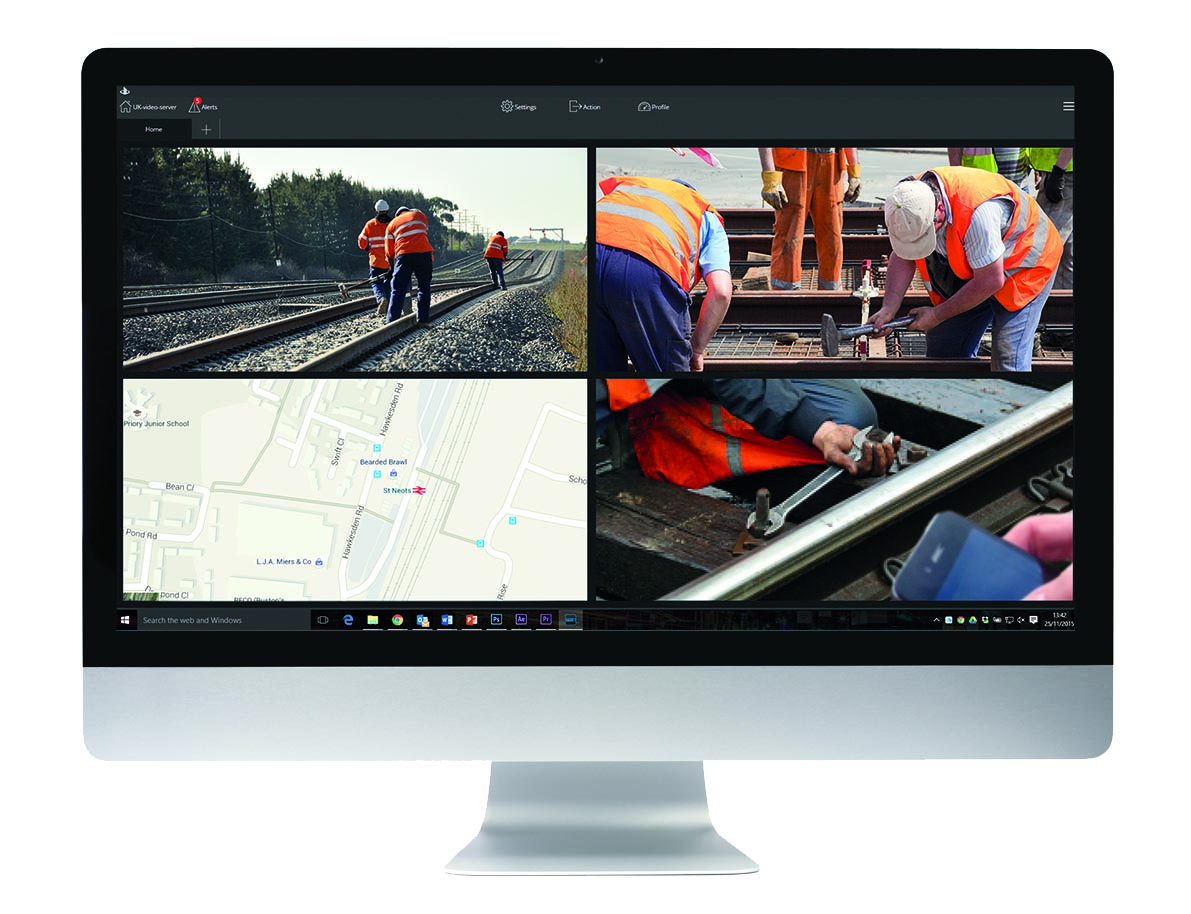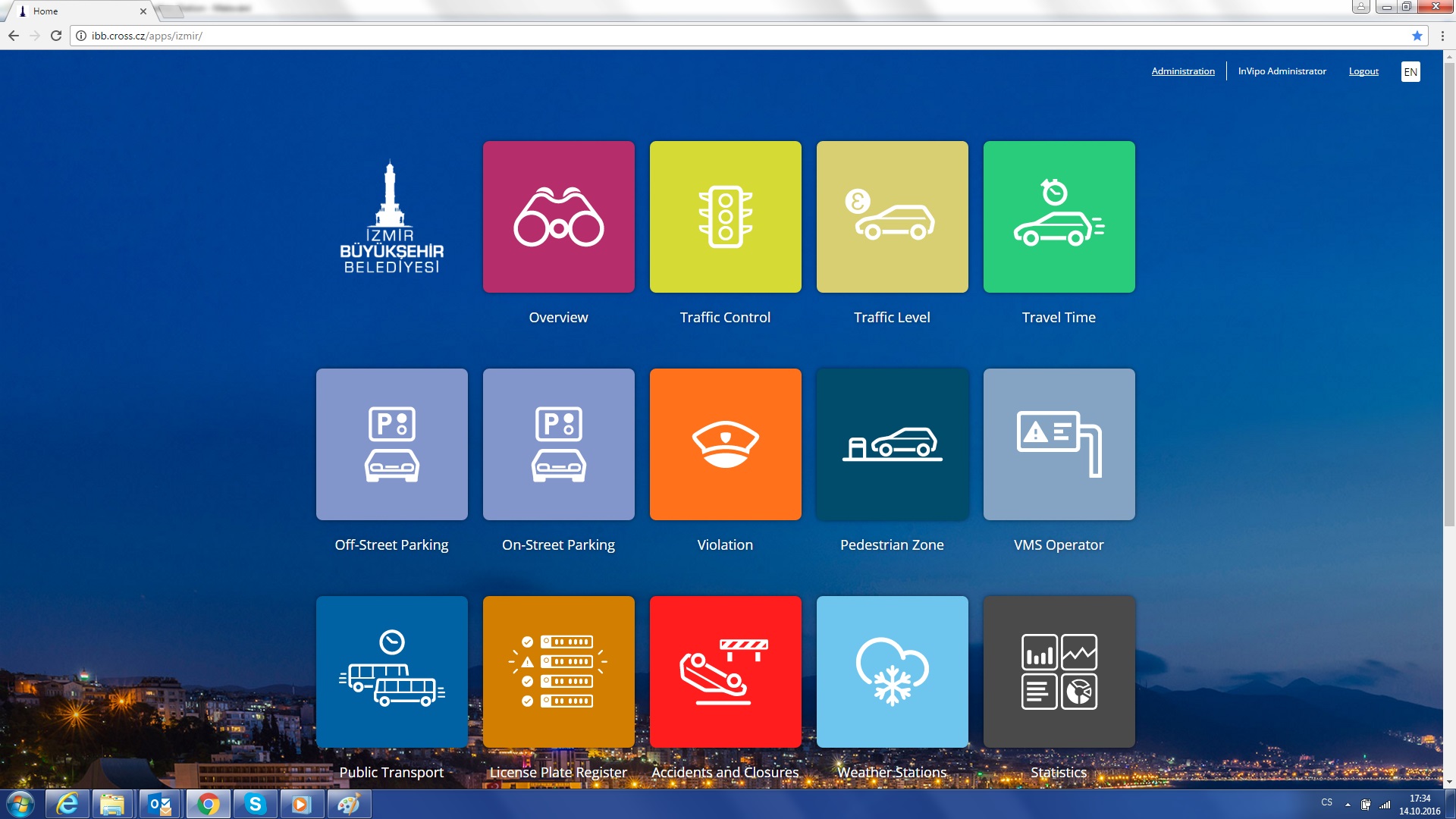
Integrating control rooms can improve traffic management, security and emergency response without excessive cost or compromising privacy.
In the wake of the recent terrorist events in France and Germany where the transport system was exploited with deadly consequences, many governments and agencies are reviewing the security arrangements – particularly around popular and high profile events. Increasing security in transport systems that must remain accessible to the general public will not be easy but in many instances introducing a security element to the existing traffic management systems could be a useful starting point and pay dividends too.
As in many cities, these systems have evolved separately so retrospectively consolidating them all into a single system at one centre has been seen as prohibitively complicated and expensive. Now, however, advances in software are allowing combined control rooms to operate using existing hardware while also ensuring compliance with multiple sets of regulations. One such supplier is US-based specialist,
James Chong, founder and CEO of Vidsys, says: “There is a convergence happening between ITS and security – because increasingly they both need each other. When there is an incident on the freeway it needs to be managed not only from the transportation perspective but also the police and other emergency services have to be actively involved.”
Such considerations have led to a growing trend in integrating security and emergency management teams into traffic control centres, although this has mainly occurred during major planned upgrades or when preparing for a major event like the Olympic Games. Unfortunately, recent events mean that waiting for a major event or even a scheduled upgrade may no longer be an option and action to increase security may be required on a shorter timescale.
This was the case in Abu Dhabi which has a very modern traffic management centre but where the authorities wanted to increase security for one of its major annual events, the Formula 1 Grand Prix - the season’s final and deciding round.
So in the run-up to the 2016 event, Vidsys worked with the authorities in Abu Dhabi to implement real-time situation management software for security operations in the existing management centres.
The transportation infrastructure, including on Yas Island where the race is staged, is largely built out and there are thousands of cameras across Abu Dhabi. The control centre forms the hub of multiple joint operations: traffic control, police, security and other agencies needed to support major events like the F1.
According to Chong, technologically the actual size of the city and popularity of the event are irrelevant as the solution used in Abu Dhabi is equally applicable for day-to-day operations in many cities. “Cities big and small have some degree of traffic management which could be cameras or traffic sensors. The software has open architecture and supports the NTCIP protocol which can create integration and interoperability for control centres without needing to replace existing equipment.”
By integrating all of the existing systems, staff from each agency get access to a far more comprehensive range of information with the combined coverage of all the installed systems. This means all the outlying hardware can be monitored and controlled in real time from a single or even multiple control rooms. So, for instance, the police may benefit from being able to view feeds from traffic monitoring cameras which could help detect, and potentially even counteract, events like those in France and Germany.
In normal day-to-day operations, all agencies share the same information from the scene of an incident so it is far easier to coordinate the response and to be aware of (and understand) the actions each department is setting in motion. If needed, the common feed can be sent simultaneously to separate control rooms which will still result in increases in both the surveillance capability and incident coordination. However, having staff from different agencies sitting alongside each other provides the best integration and coordination, as nothing surpasses face-to-face conversations for conveying information.
In addition, the use of browser- and web-based technology means that individuals do not need to be in a control centre to log on to the system as they can do so from anywhere using a web-enabled device. This facility is proving particularly useful in coordinating staff attending an incident on the freeway or elsewhere.
In regards to which authority controls the cameras at any given time, the default priorities can be assigned to each agency (or set of individuals) to reflect normal operating conditions and reallocated dynamically in the event of an incident. For instance, if there was a minor crash on the freeway, the transport agency staff may have the priority whereas if a criminal was using the road to make their getaway, the police would be given priority. A number of scenarios can be pre-programmed depending on the nature, location, duration and frequency of the incident.
“While all the agencies will still share all the information, the privilege will be assigned to the person or department responsible for dealing with the particular incident,” says Chong.
“That’s the system used in New York, where the control centre has 32 positions shared between the state and city police, emergency operations and traffic control staff,” he adds.
Privileges can also be set to allow individual agencies (and even different staff within each agency) access to various types of information – for instance, privacy legislation may mean only law enforcement agency staff are allowed access to the ANPR information. Additional privileges can be automatically or dynamically assigned during incident responses to reflect approved operating procedures, and to prevent any negative impact caused by staff that are, for some reason, ‘out of the loop’.
The system can also be pre-programmed with reminders to help staff comply with the approved operating procedures – be they emergency response, privacy legislation, data protection or any other legislative or procedural requirement.
According to Chong, the savings authorities can realise by reducing non-compliance (and therefore avoiding penalties and fines) can be substantial and add to the financial advantage of removing the need for duplication and the benefits of increased operational efficiency. He says that evidence of the demand for such integration is evident from Vidsys installations in the US, New Zealand and several other countries.
With answers to the major legal, financial and logistical barriers now overcome, many other authorities may find the idea of combined control rooms equally attractive.










